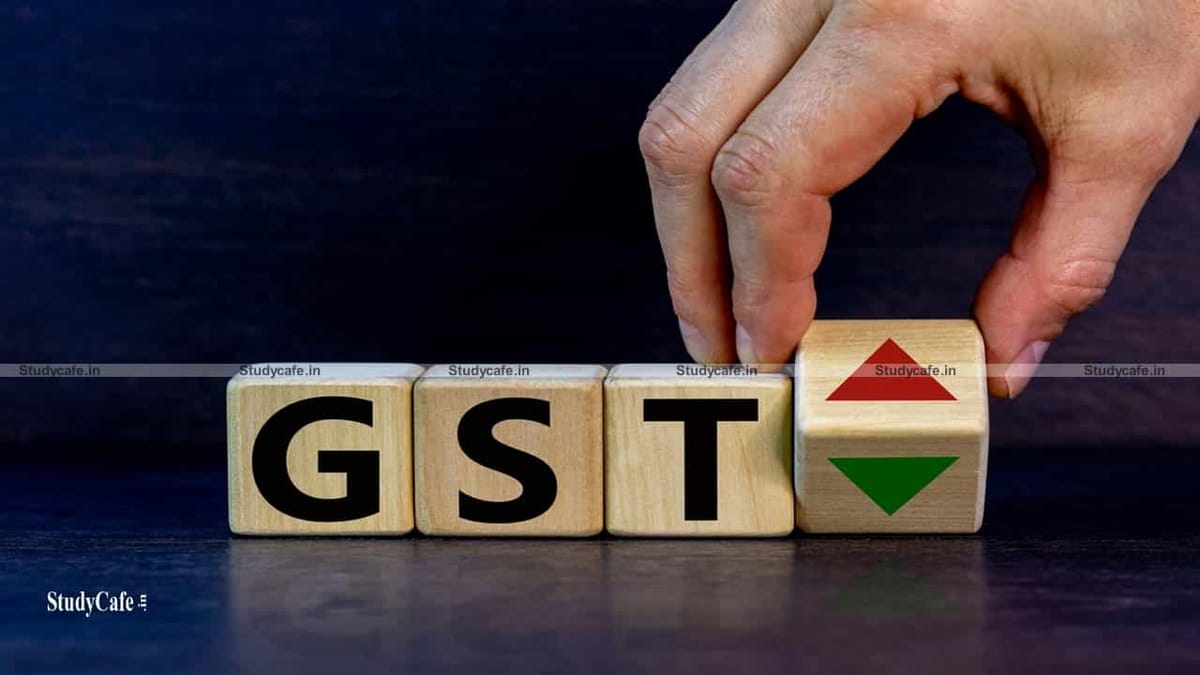Sonali Maity | Sep 25, 2021 |

GST revenue growth is a concern, thus GoM panels will examine slabs
But since the rising revenue from the Goods and Services Tax (GST) is causing worry, the ministerial panels that will be formed under the GST Council are likely to conduct a review of the key tax slabs under the indirect tax regime. This will be in addition to rate rationalisation, inverted duty structure correction, re-examination of exemptions, e-way bill systems, e-invoices, FASTag data, and other technical measures that the ministerial panels will evaluate as part of their broader revenue augmentation mandate.
Lower-than-expected revenue growth and the slippage of the revenue neutral rate under GST are seen as important issues for the future of the revenue trend, especially once the legally mandated compensation to states for revenue shortfalls resulting from the GST implementation expires in June 2022.
“GST revenue is a source of concern. The next two to three months will be devoted to things like rate rationalisation. The GoM will review tax slabs and consider merging some of them. They may investigate it now and make recommendations, which may or may not be followed later, depending on other considerations like market and economic conditions at the time,” a senior government official told The Indian Express.
Any rate or tax slab changes recommended by the GoM would need to be approved by the GST Council before being implemented. The GST is divided into five tax slabs: 0%, 5%, 12%, 18%, and 28%. Over and above the top rate of 28 percent, a compensating cess ranging from 1% to 290 percent is paid on demerit and luxury products. A merger of 5% and 12% slabs, or 12% and 18% slabs, has been discussed previously, but no formal decision has been reached.
The GST Council discussed the income situation at its 45th meeting in Lucknow, with the revenue neutral rate falling to 11.6 percent from 15.5 percent. The Council then formed two GoMs to investigate inverted duty structures and compliance mechanisms such as e-way bills and composition schemes. The two GoMs’ composition is expected to be disclosed soon.
“The Revenue Neutral Rate of 15.5 percent has been reduced to 11.6 percent because the Council, in its wisdom, has reduced the rate of many many items over the years, and not just the reduction, but the resulting refund due to the inversion has resulted in the collection coming down from revenue neutral levels, net net. As a result, we believe that the total collection has decreased. We can also understand why it has dropped. After the Council meeting, Union Finance Minister Nirmala Sitharaman said, “If we all put our heads together, we can clearly see that we are way below the revenue neutral rate.”
A review of tax slabs was not included in the mandate given to the GoMs following the Council meeting last week. The terms of reference, according to Sitharaman, will cover inversion correction and rate rationalisation.
In case of any Doubt regarding Membership you can mail us at contact@studycafe.in
Join Studycafe's WhatsApp Group or Telegram Channel for Latest Updates on Government Job, Sarkari Naukri, Private Jobs, Income Tax, GST, Companies Act, Judgements and CA, CS, ICWA, and MUCH MORE!"